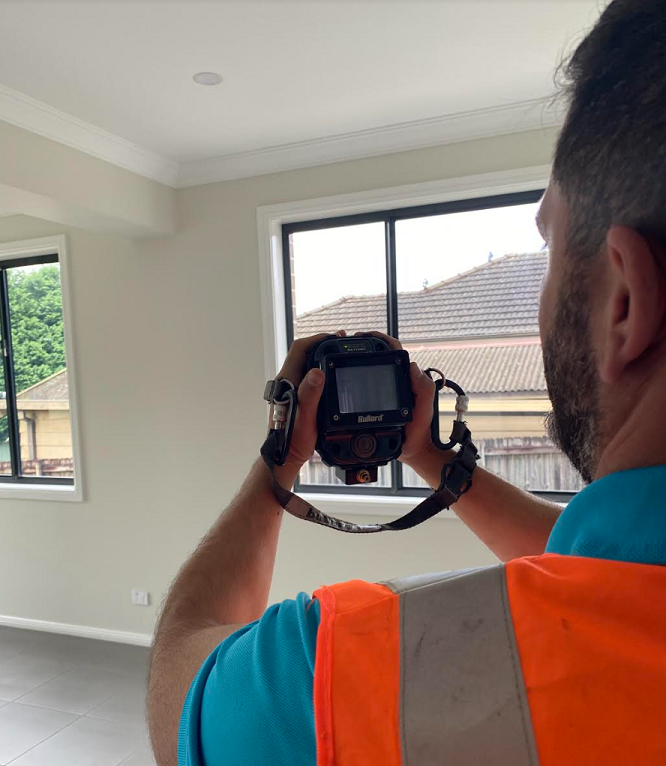Common Building Defects to look out for in your strata property Living in a strata property has its perks – you have dedicated and competent professionals to take care of maintenance and repairs of common property. If your building has defects from the outset, it can weigh heavily on your pockets and peace of mind.
Building structure and design is the foremost and most obvious aspect of a building. Certain building issues such as cracks in the walls, chipped paint, roofing, and tiling fixtures, etc. may be easily fixed.
Flaws in the foundational structures such as floors, walls, roof, pillars, elevators, etc., can however affect the very stability of the building. To add to this, accidents can also materialise if your building has inferior building materials or is not compliant with regulatory standards. Such problems may be deep-rooted and harder to fix without incurring a serious damage to the building.
The Strata Building Bond and Inspections Scheme was introduced , in January 2018, by the NSW government as part of the Strata Schemes Management Act 2015. The law states that property developers must allocate two per cent of the building contract price to cover any defects found in the building post completion. These funds can be utilised by the owner’s corporation to rectify any building defects at the earliest.
We at Effective Building & Consultancy inspect the premises and prepare an interim report no earlier than 15 months and no later than 18 months. A final report is then issued no earlier than 21 months and no later than 2 years after the completion of the building work. We, being a member of the Strata Inspector Panel (SIP), are authorised to conduct interim and final Building inspections and provide the reports as mandated in the Act.
Another common building defect is when issues commence with roofing. Roofs are susceptible to all kinds of damage over time. They can be affected by bad weather, falling trees, or faulty design and negligence. Often, damaged roofs can culminate with larger problems within the building. If your building is new, but your roof is causing you trouble, chances are that it has design and structural problems. Either way, it is important to stay on top of the problem by carrying out regular inspections and timely repairs.


